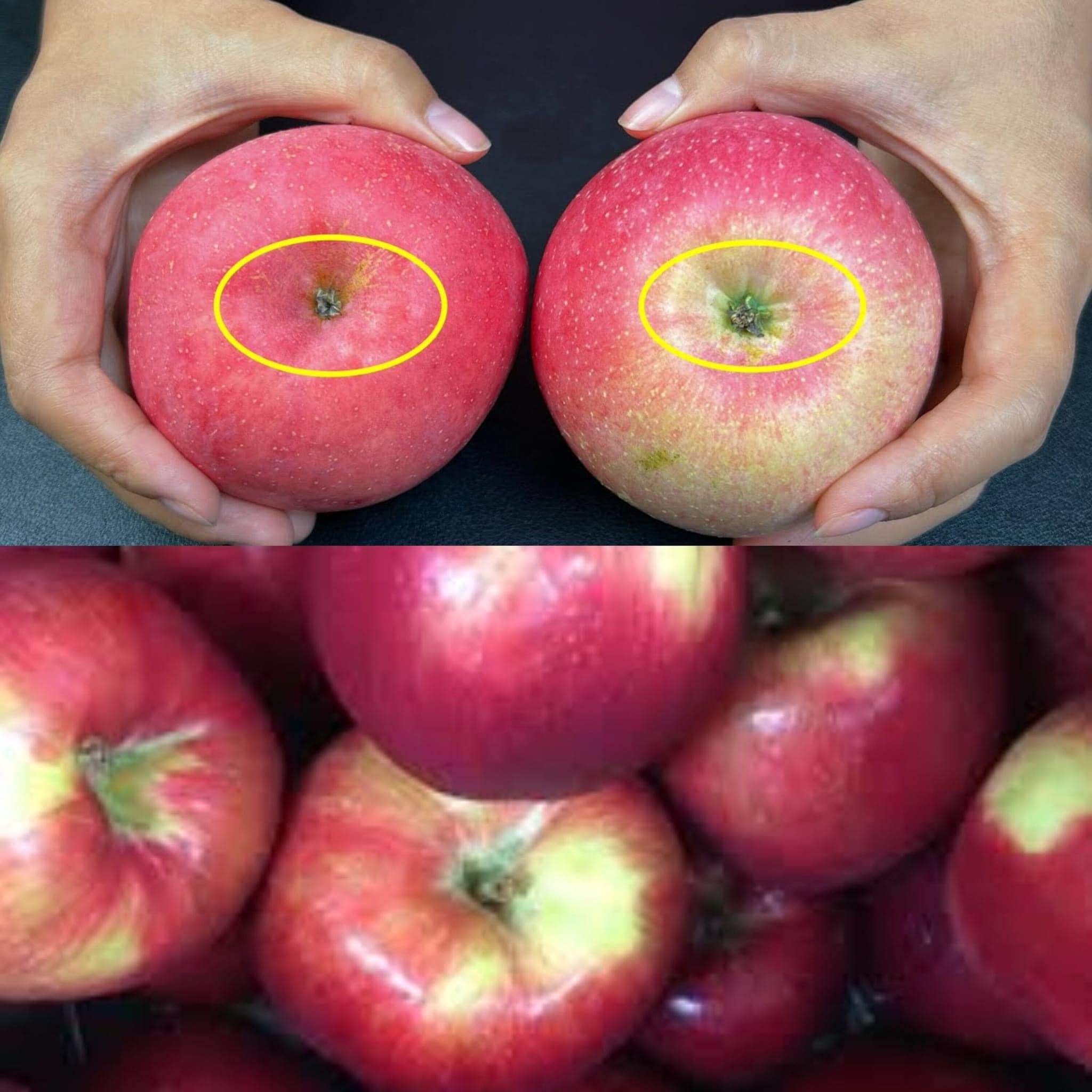When it comes to choosing the perfect apple, a little know-how goes a long way. Whether you’re preparing a fresh snack, baking a pie, or tossing together a crisp salad, the right apple can make all the difference. But how do you quickly determine which apples are sweet, crispy, and at their peak freshness? Fortunately, there are some simple tips and tricks you can use to ensure you’re always walking away with the best apples in the bunch.

1. Firmness is Key
One of the easiest and most reliable tests for apple quality is the squeeze test. Gently press the apple with your fingers. A high-quality apple should feel firm and solid, without any soft or mushy spots. Soft areas are usually a sign of bruising, overripeness, or internal decay. When apples lose their firmness, they also lose their crisp texture, so make sure your pick feels sturdy in your hand.
2. Examine the Skin
The skin of an apple tells a story about its freshness. Look for smooth and shiny skin with a consistent appearance. While some apple varieties naturally have matte finishes, most apples with shiny skin are at their peak. Wrinkled or dull skin is often a red flag that the apple has been sitting around for too long, causing it to lose moisture and freshness.
3. Pay Attention to Color
Color is another critical factor, but it varies depending on the variety. In general, vibrant and consistent coloring indicates a ripe and flavorful apple. For example:
- Red Delicious: Look for deep, rich red hues.
- Granny Smith: A bright, uniform green is a good indicator.
- Fuji: Look for a rosy blush over a yellow base.
If an apple’s color seems faded, blotchy, or uneven, it might not deliver the sweetness or crispness you’re looking for.
4. Check the Stem
The condition of an apple’s stem can also give you a clue about its freshness. A fresh, green stem is a good sign that the apple was recently harvested. On the other hand, a dried-out or missing stem might suggest the apple has been in storage for a while and is starting to lose its quality.
5. Take a Whiff
It might feel silly, but smelling your apple is one of the most effective ways to judge its quality. A fresh apple should have a naturally sweet and pleasant aroma. If it smells sour, musty, or has no smell at all, it’s probably not going to taste great. Trust your nose—it’s an underrated tool in apple selection!
6. Know Your Varieties
Not all apples are created equal, and each variety has its unique characteristics. If you’re aiming for sweetness and crispness, stick to the following popular types:
- Honeycrisp: Known for its explosive crunch and balanced sweetness.
- Fuji: Exceptionally sweet and juicy with a firm texture.
- Gala: Sweet and mild, perfect for snacking.
- Granny Smith: Tart, crisp, and ideal for baking or pairing with sharp cheeses.
Understanding the key differences between apple varieties can save you from disappointment, especially if you’re planning a specific dish or craving a certain flavor.
7. The Weight Test
A good apple feels heavier than it looks. Pick up a few apples of the same size and compare their weights. Heavier apples are often juicier and fresher because they still hold plenty of moisture. Lightweight apples may be dry, mealy, or past their prime.
8. Inspect for Imperfections
While minor blemishes don’t always mean an apple is bad, it’s wise to avoid fruits with visible bruises, cuts, or punctures. These flaws can indicate damage that affects the taste and texture, allowing bacteria or mold to sneak in. A clean, unblemished apple is far more likely to deliver a satisfying bite.
Quick Recap of Apple-Picking Tips
Here’s a fast cheat sheet you can use the next time you’re apple shopping:
- Firmness: The apple should feel firm, not soft or mushy.
- Skin: Smooth and shiny skin is usually a sign of freshness.
- Color: Look for vibrant, even coloring based on the variety.
- Stem: A fresh, green stem suggests recent harvesting.
- Smell: A sweet aroma signals good quality.
- Variety: Know which types suit your needs—Honeycrisp for snacking, Granny Smith for baking, etc.
- Weight: Heavier apples are typically juicier and fresher.
- Imperfections: Avoid bruises, cuts, or damaged skin.
Why These Tips Matter
Apples are among the most popular fruits worldwide, but their quality can vary significantly depending on factors like storage, transportation, and harvesting time. Using these simple guidelines ensures you’ll pick apples that are not only delicious but also at their peak nutritional value.
Final Thoughts
Selecting the perfect apple doesn’t have to be a guessing game. With a quick inspection for firmness, skin texture, color, and aroma, you can confidently choose apples that will taste as good as they look. Whether you’re baking a classic apple pie, packing a healthy lunch, or simply enjoying a fresh snack, these tips will help you make every bite count.
Next time you’re at the grocery store or farmer’s market, put these apple-picking hacks to the test—you might be surprised at how much better your apples taste when you know exactly what to look for. Happy apple hunting!





